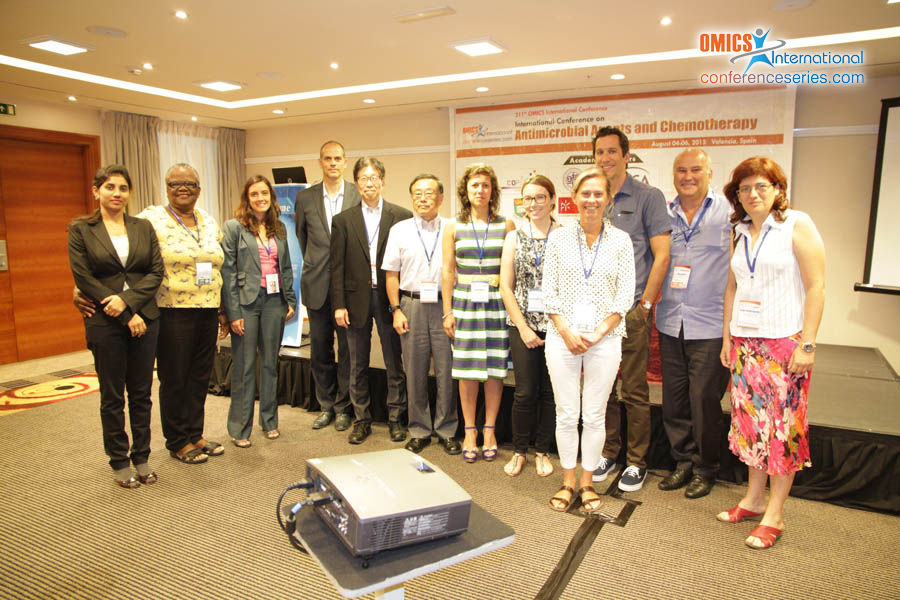
Natalia Martins
Polytechnic Institute of Braganca, Portugal
Title: Folk medicinal plant extracts as a source of biomolecules with antifungal properties against Candida species
Biography
Biography: Natalia Martins
Abstract
Increasing rates of opportunistic fungal infections and microorganisms with drug-resistance have been observed. Candida species are the most common pathogens, considered the fourth leading cause of hematogenous infections. Thus, it is crucial to discover alternatives to the current antifungal agents. Healing properties of medicinal plants are widely recognized, but some properties and the related mechanisms of action remain unknown. Therefore, the anti-Candida potential of hydromethanolic extracts obtained from ten folk medicinal plants (Echinacea purpurea L.; Eucalyptus globulus Labill.; Foeniculum vulgare Mill.; Juglans regia L.; Matricaria recutita L.; Melissa officinalis L.; Pterospartum tridentatum L.; Rosa canina L.; Rubus ulmifolius L. and Tabebuia impetiginosa L.) was evaluated, by using disc diffusion assay and determination of minimal inhibitory concentrations by microdilution method. J. regia was the most effective, inhibiting the growth of the tested nineteen Candida strains (halo diameter varying between 9-14 mm) and causing a growth reduction of 3-5 Log(CFUs) for Candida parapsilosis and C. tropicalis, and 0.5-2.5 for C. albicans and C. glabrata. E. globulus also exhibit a significant potential, being effective against seventeen Candida strains (halo diameter ranging between 9-21 mm) and causing a growth reduction of 2-5 Log(CFUs). P. tridentatum and R. ulmifolius showed similar antifungal effects, being effective against six Candida strains (halo diameter ranging between 9-19 mm). So, as main conclusions, hydromethanolic extracts of E. globulus and J. regia could constitute promissory alternatives to the current antifungal agents, but more detailed studies are needed in order to identify the bioactive compounds and related mechanism of action.


